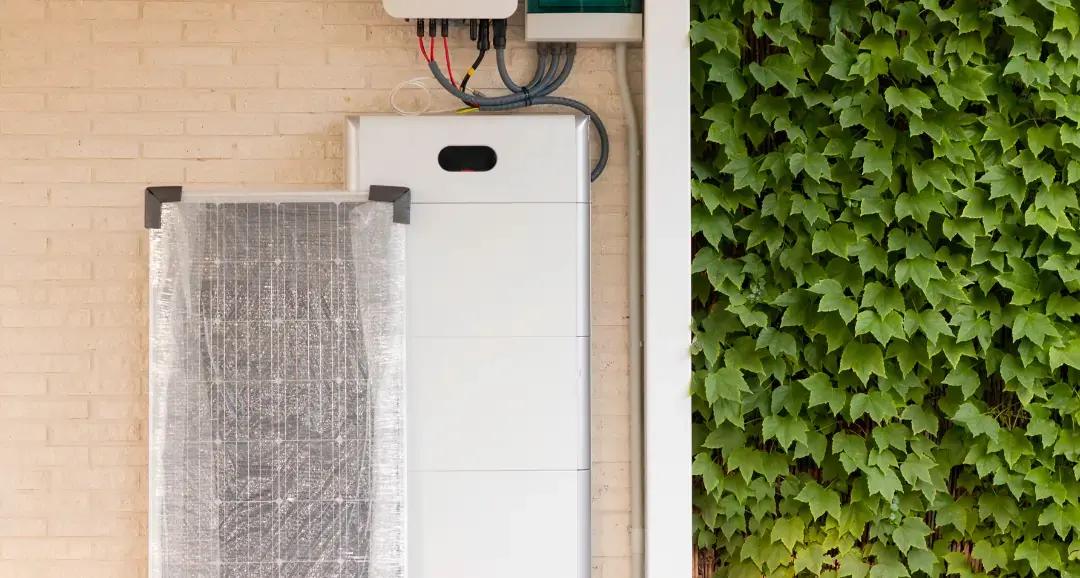New NSW Solar Battery Incentives 2024

The NSW Government is introducing a new program to help households and businesses save on the cost of solar battery installation and is to be implemented on 1 November 2024.
This new incentive is part of the Peak Demand Reduction Scheme (PDRS) and is being implemented to ensure that you’re getting the most out of your solar by allowing you to store the solar energy that your solar system is generating.
What is the NSW Peak Demand Reduction Scheme?
The rise of renewable energy, especially solar power, has significantly changed the pattern of peak demand on Australia's electricity grid. Previously, peak demand typically occurred around the middle of the day.
However, the abundance of solar energy now flowing into the grid during the midday hours is increasingly pushing wholesale prices down, sometimes even into the negative. While this is good news for consumers, it creates new challenges to the stability of the electricity system.
As solar energy can't contribute to the grid during the night, storing surplus daytime solar power in batteries is crucial to meet peak demand in the late afternoon and evening, and to enhance the overall stability of the electricity system. However, home battery storage systems, much like solar panels were in the past, are expensive.
This is where the PDRS comes in with new incentives for homes and businesses installing and using solar batteries, allowing you to use stored energy, spread throughout the day.
What Is the 2024 NSW New Solar Subsidy?
The incentives will be available from 1 November 2024 and are split into the installation rebate and the Virtual Power Plant (VPP) connection incentive.
The Upfront Installation Rebate
The purpose of the upfront installation rebate is to reduce the upfront cost of battery installation, making energy storage more affordable and enhancing the use of generated solar power.
The rebate is between $1600 and $2400, depending on the size of the battery.
The Virtual Power Plant Incentive
A Virtual Power Plant (VPP) is a network of connected solar batteries that work together to generate and manage energy flow, reducing reliance on the power grid during periods of high electricity demand.
The VPP incentive can actually be claimed twice over a 3 year interval. The purpose is to encourage the integration of batteries into VPPs, allowing stored energy to be shared across the grid, improving stability and efficiency.
The incentive amount is between $250 and $400, depending on the size of the battery.
What is the Eligibility for the NSW Battery Incentive?
To be eligible for the battery rebate, you must use an approved supplier under the PDRS to install the battery. The Accredited Certificate Providers (ACPs) are approved suppliers that have been accredited by the IPART and a list of them can be found here.
The battery must have a capacity of between 2 kWh to 28 kWh, which is the national average energy use for a 5 person household.
The installation incentive is exclusively for new battery installations. However, the VPP participation incentive is open to both new and existing batteries, as long as the existing battery is registered with a VPP, has at least 6 years of manufacturer's warranty remaining, and meets the specified equipment requirements.
What Safety Considerations Do You Need To Consider When Installing Solar Batteries?
To keep your home safe, it's important to follow all the Australian safety rules when installing a battery. This means picking the right kind of battery for your home and making sure there's enough space around it for air to flow and keep it cool. It's also really important to have a professional install your battery. They know how to do it safely and make sure it works the way it should, which helps prevent the battery from getting too hot.
Have questions about the NSW Solar Battery Incentive or ready to install a battery? Give our Powerix team a call at 1300 856 928.

References:
NSW Gov Climate & Energy Action - Solar Batteries
Incentives to boost rollout of household batteries in New South Wales | NSW Environment and Heritage
How does a Virtual Power Plant work? | solar.vic.gov.au
List of ACPs for businesses | IPART (nsw.gov.au)
